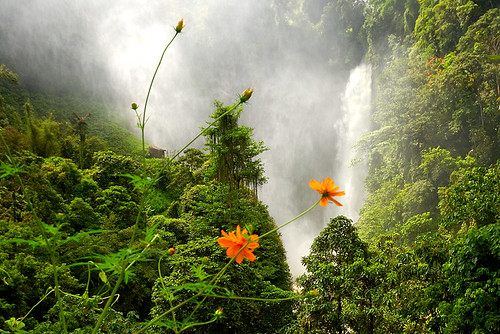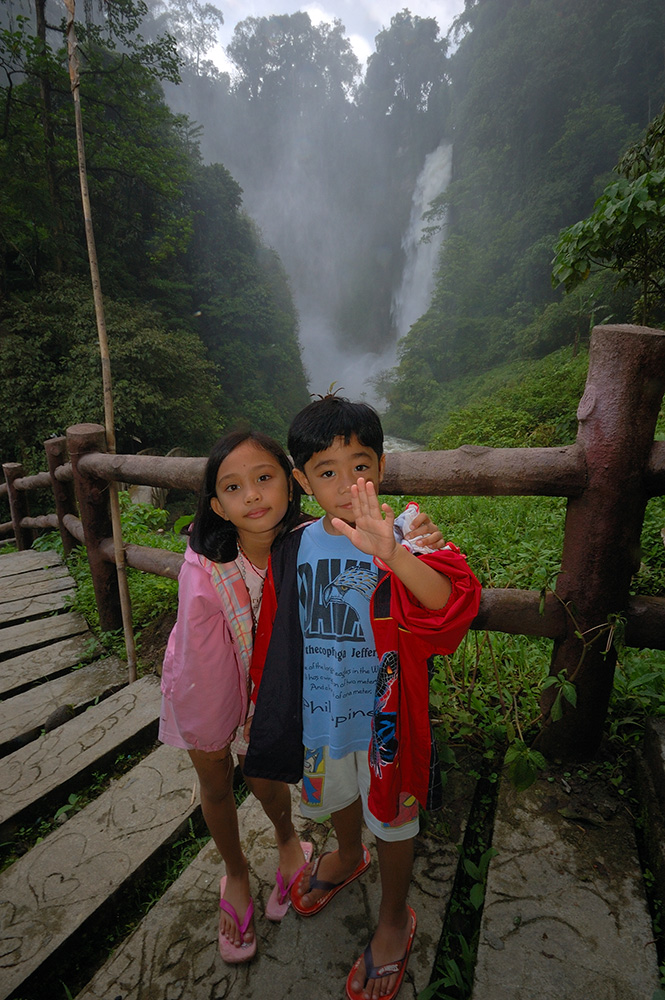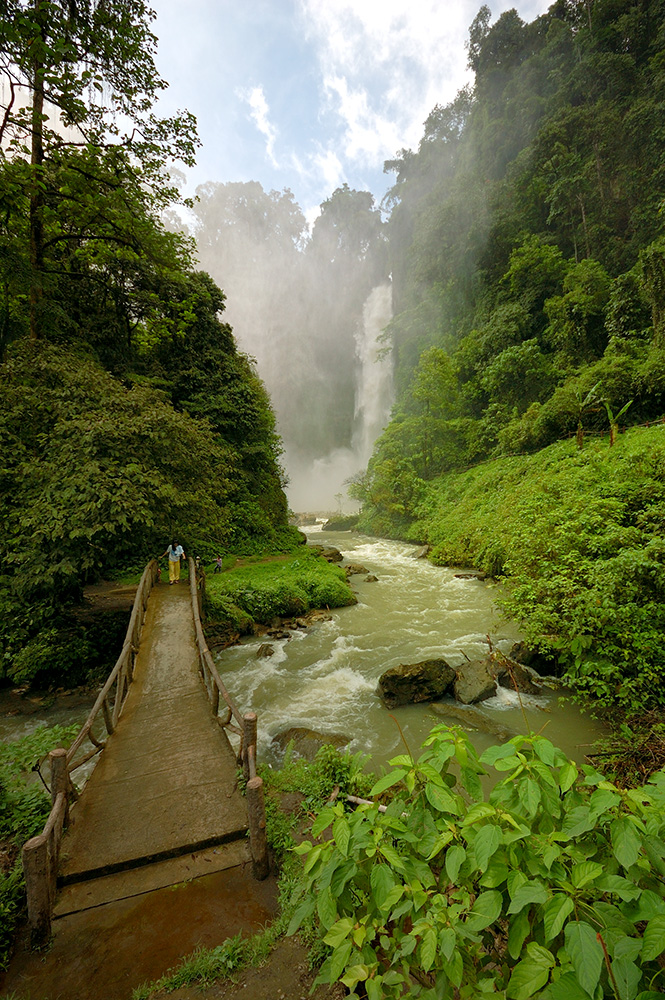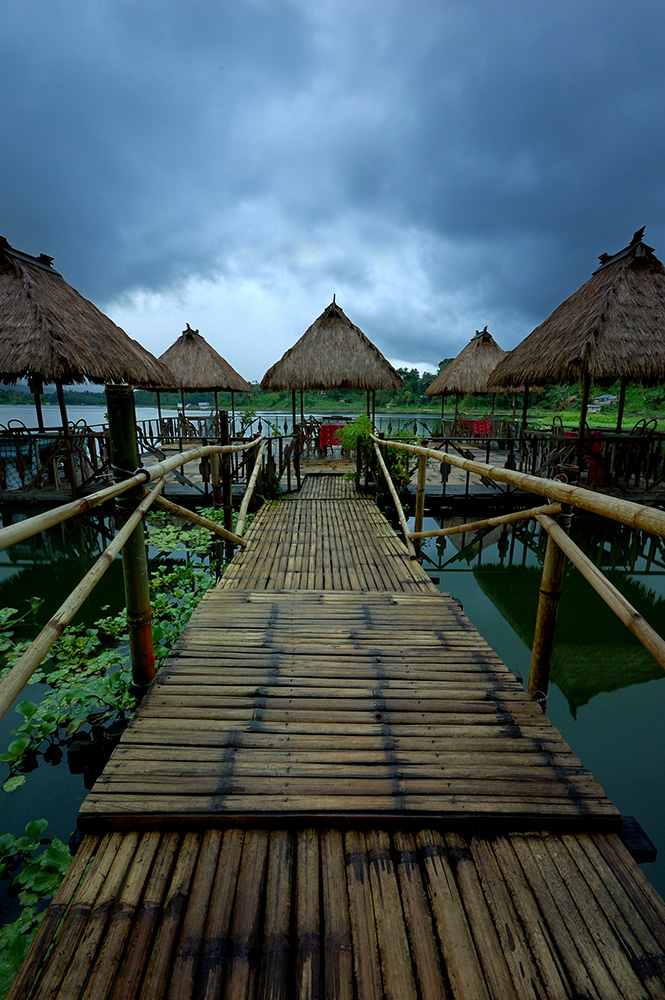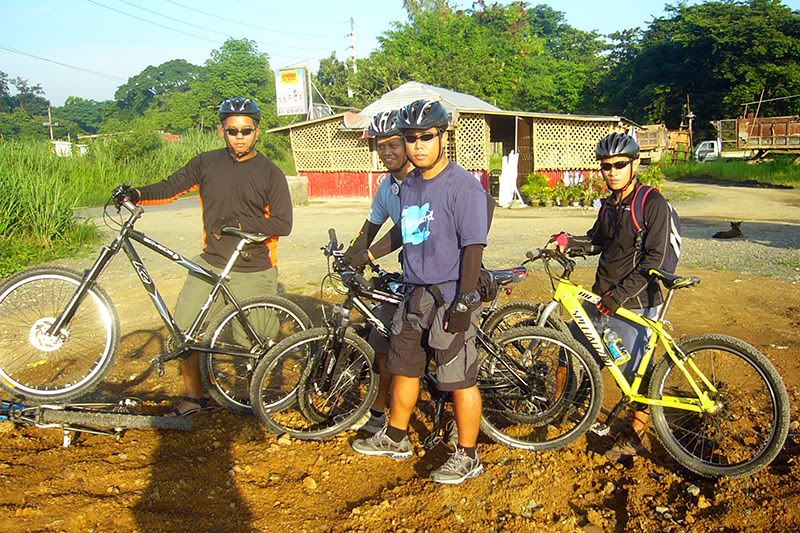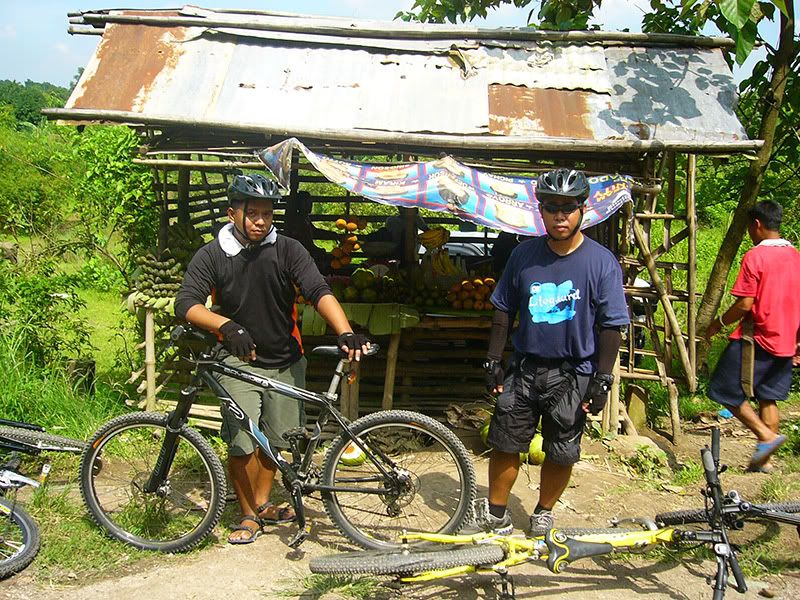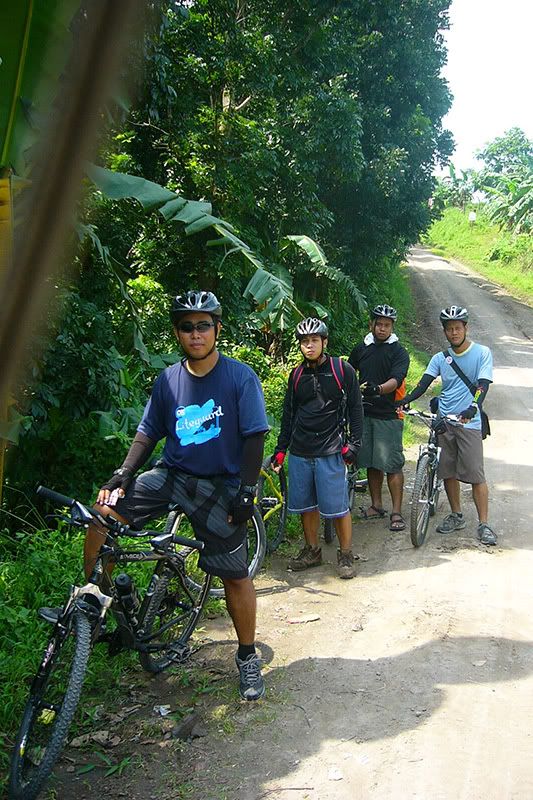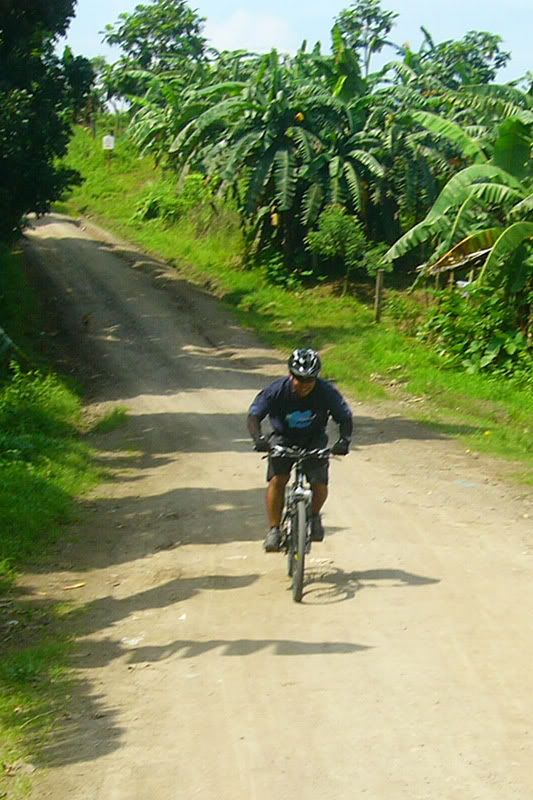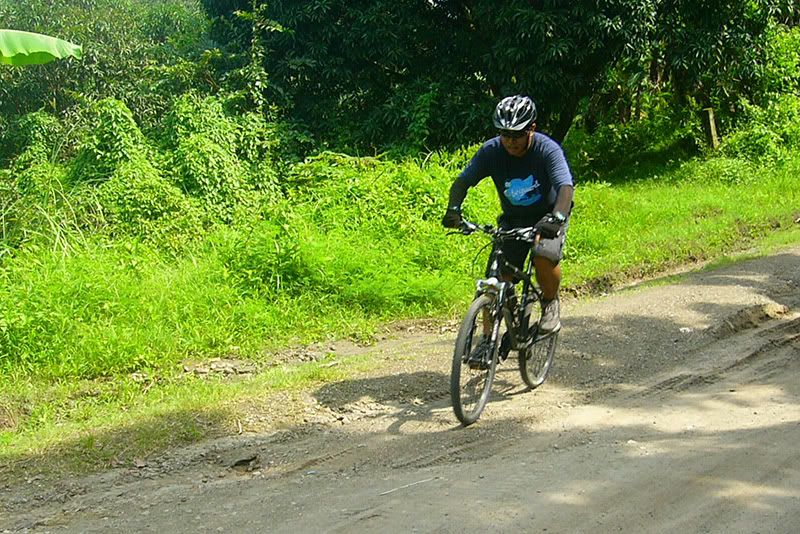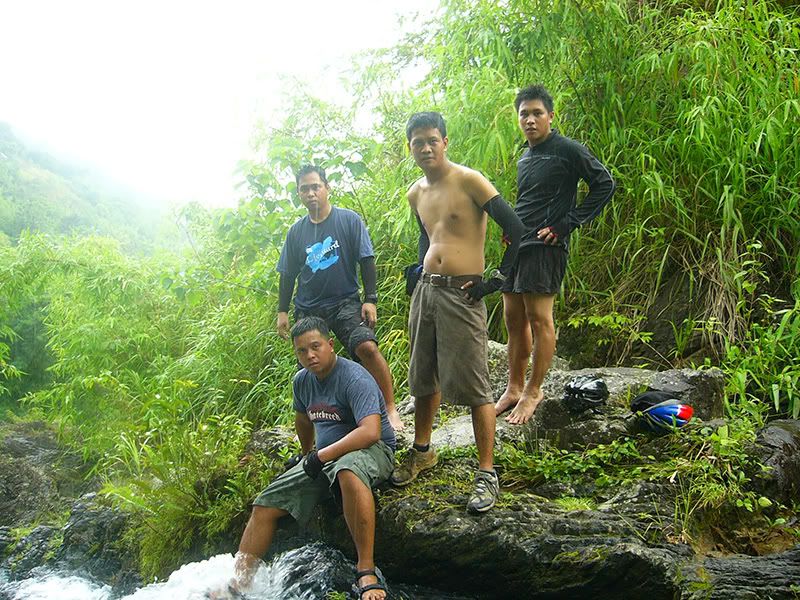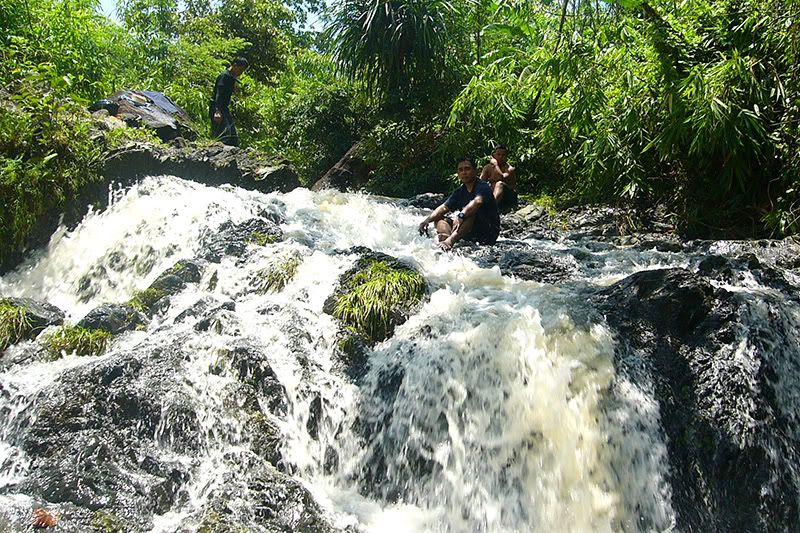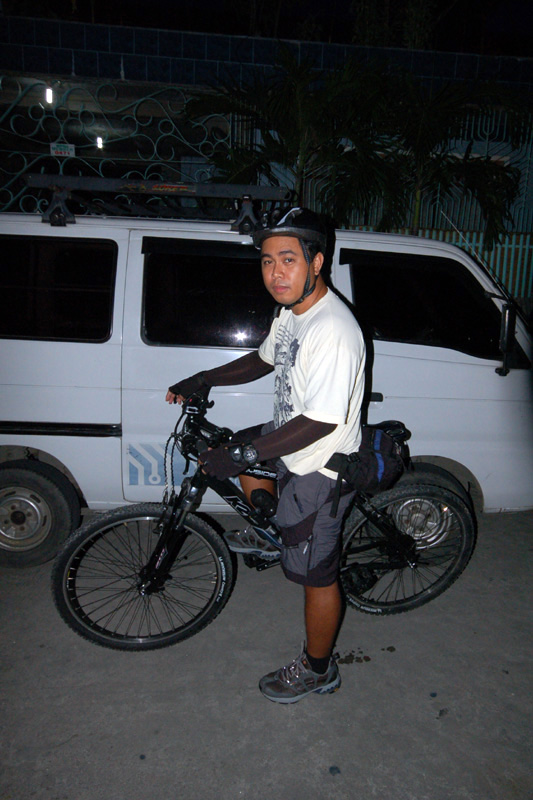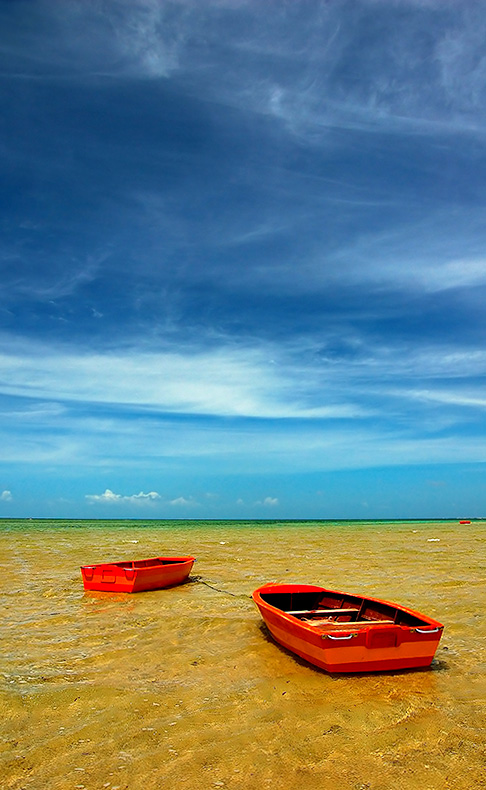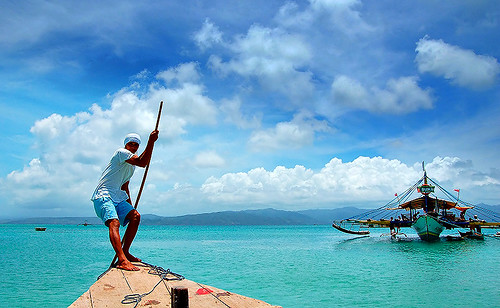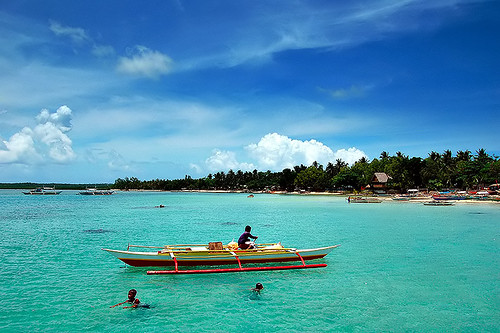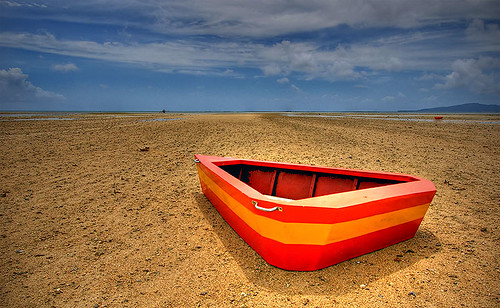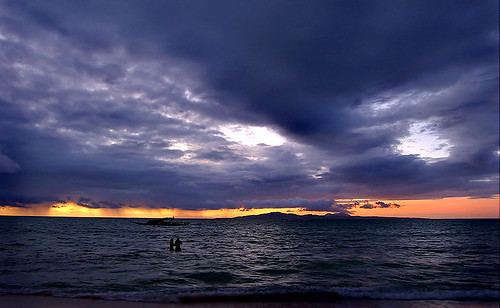Some (especially those not familiar with Southern Mindanao) are confused when you say Lake Seloton is in Lake Sebu (a lake in a lake?!?). Lake Sebu happens to be the name of both the town and the largest lake of the three lakes there. The other two lakes are Lake Seloton and Lake Lahit.
Lake Seloton, a few minutes away from the town proper, is Lake Sebu's most beautiful little sister. Its smaller in size (but reputed to be the deepest of the three lakes) but is just as magnificent as the larger lake. What makes Lake Seloton more special is that it has the best unblocked view of sunrise, hence visitors often refer to it as the "Sunrise Lake". You will not be disappointed with the sunset there too.
I planned to take sunrise photos there, but if you are vacationing with the family, photography sometimes takes a backseat. So I had to compromise - take photos of Lake Seloton at dusk, with menacing storm clouds threatening to ruin whatever sunset colors I may capture. Well you have to take what is given :).
I was able to take a just a few shots (less than 10 shots actually) before rain fell, heavily. But I was not disappointed. Rain brings a different sense of peace. I can stare at the raindrops for a very long time.
My good friends Ferdz Decena and Oggie Ramos (both are travel/outdoor photographers extraordinaire for various magazines, Ferdz recently guested in a TV show and Oggie's photo is the cover of SeaAir's Aug-Sept 2008 inflight magazine) had much better luck getting sunny photos of Lake Seloton during their last visit there. You may read Ferdz's writeup about Lake Seloton here.
There is a resort called Sunrise Resort (go figure hehe) in Lake Seloton if you want to wake up to a beautiful lake side sunrise if you happen to be in Lake Sebu.


